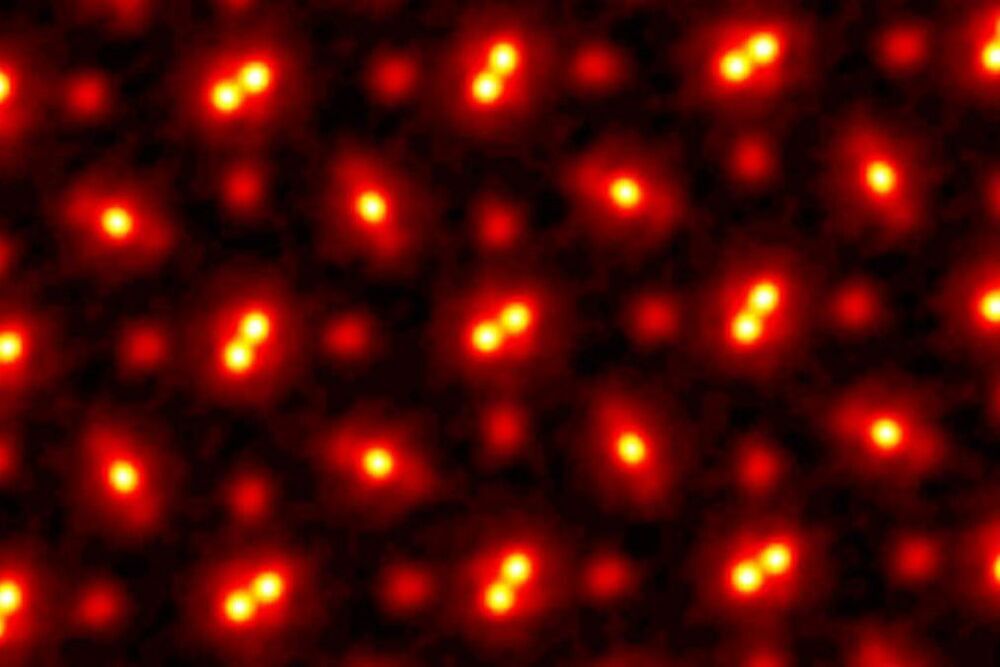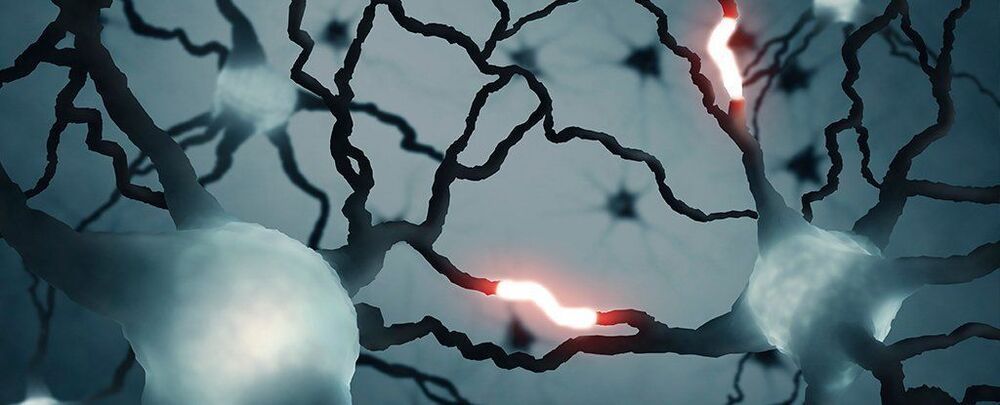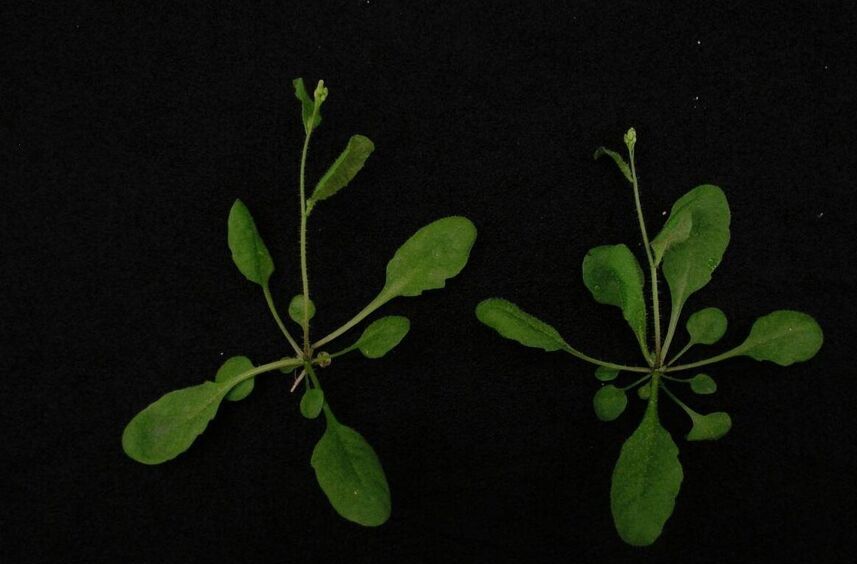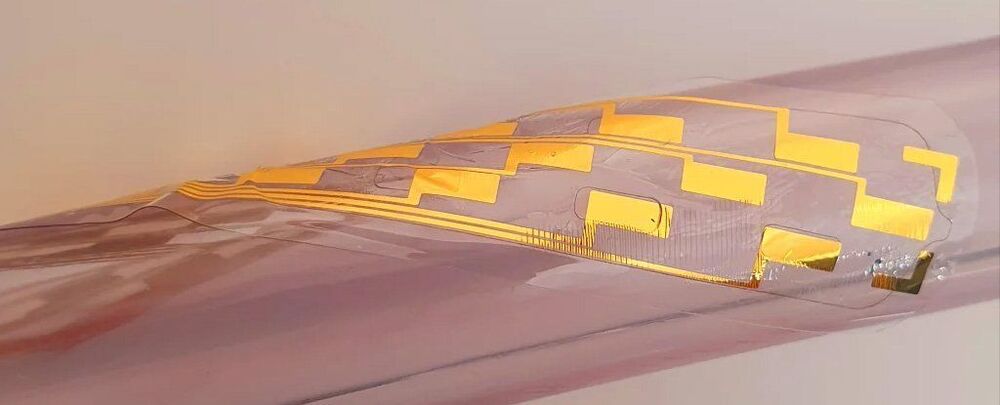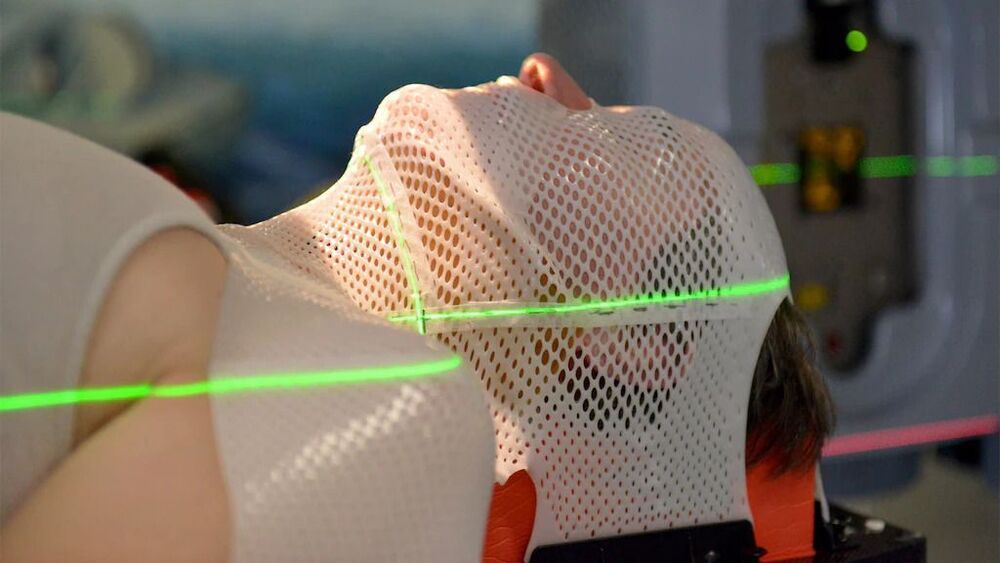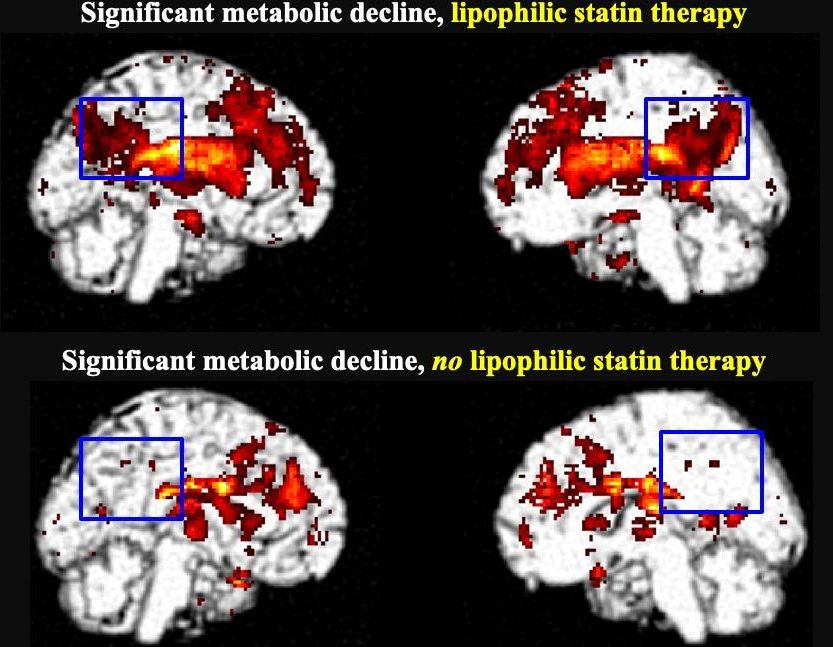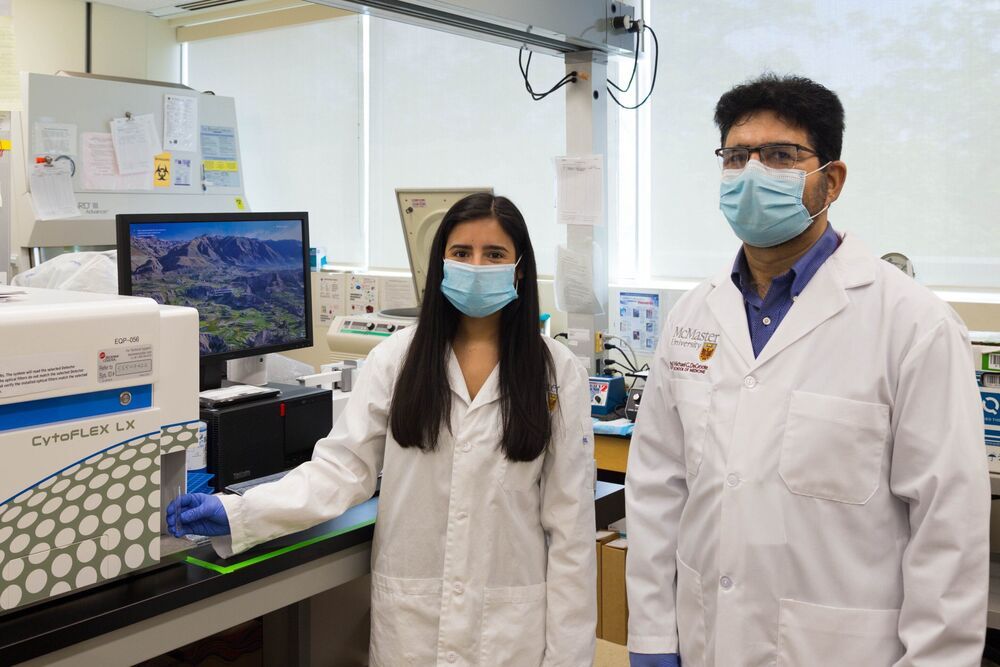In this video, Drs Irina and Mike Conboy talk about the procedure of Neutral Blood Exchange. How it is done and how much blood of the blood is exchanged.
Our guests today are Drs. Irina and Michael Conboy of the Department of Bioengineering at the University of California Berkeley. their discovery of the rejuvenating effects of young blood through parabiosis in a seminal paper published in Nature in 2005 paved the way for a thriving field of rejuvenation biology. The Conboy lab currently focuses on broad rejuvenation of tissue maintenance and repair, stem cell niche engineering, elucidating the mechanisms underlying muscle stem cell aging, directed organogenesis, and making CRISPR a therapeutic reality.
Papers mentioned in this video.
Plasma dilution improves cognition and attenuates neuroinflammation in old mice.
https://pubmed.ncbi.nlm.nih.gov/33191466/
Rejuvenation of three germ layers tissues by exchanging old blood plasma with saline-albumin.
https://pubmed.ncbi.nlm.nih.gov/32474458/
Rejuvenation of aged progenitor cells by exposure to a young systemic environment.
https://pubmed.ncbi.nlm.nih.gov/15716955/
************************************************************
Health claims Disclosure: Information provided on this video is not a substitute for direct, individual medical treatment or advice. Please consult with your doctor first. Products or services mentioned in this video are not a recommendation.
Audio Copyright Disclaimer:
Please note that we have full authorization to the music that we used in our videos as they were created using the service WeVideo which provides the rights to the music. The rights are detailed in the terms of use that can be reviewed here https://www.wevideo.com/terms-of-use and any following inquiries should be addressed to [email protected].
*****************************************************************
If you would like to support our channel, we’d love a coffee…thank you! https://www.buymeacoffee.com/mhealthspan.
#BoodPlasmaDilution #Conboy #Rejuvenation #IrinaConboy #UCBerkeley #Tissue #NBE #CRISPR #youngbloodplasma #stemcell #organogenesis #ConboyLab #aging #longevity #anti-aging #Healthspan #modernhealthspan
